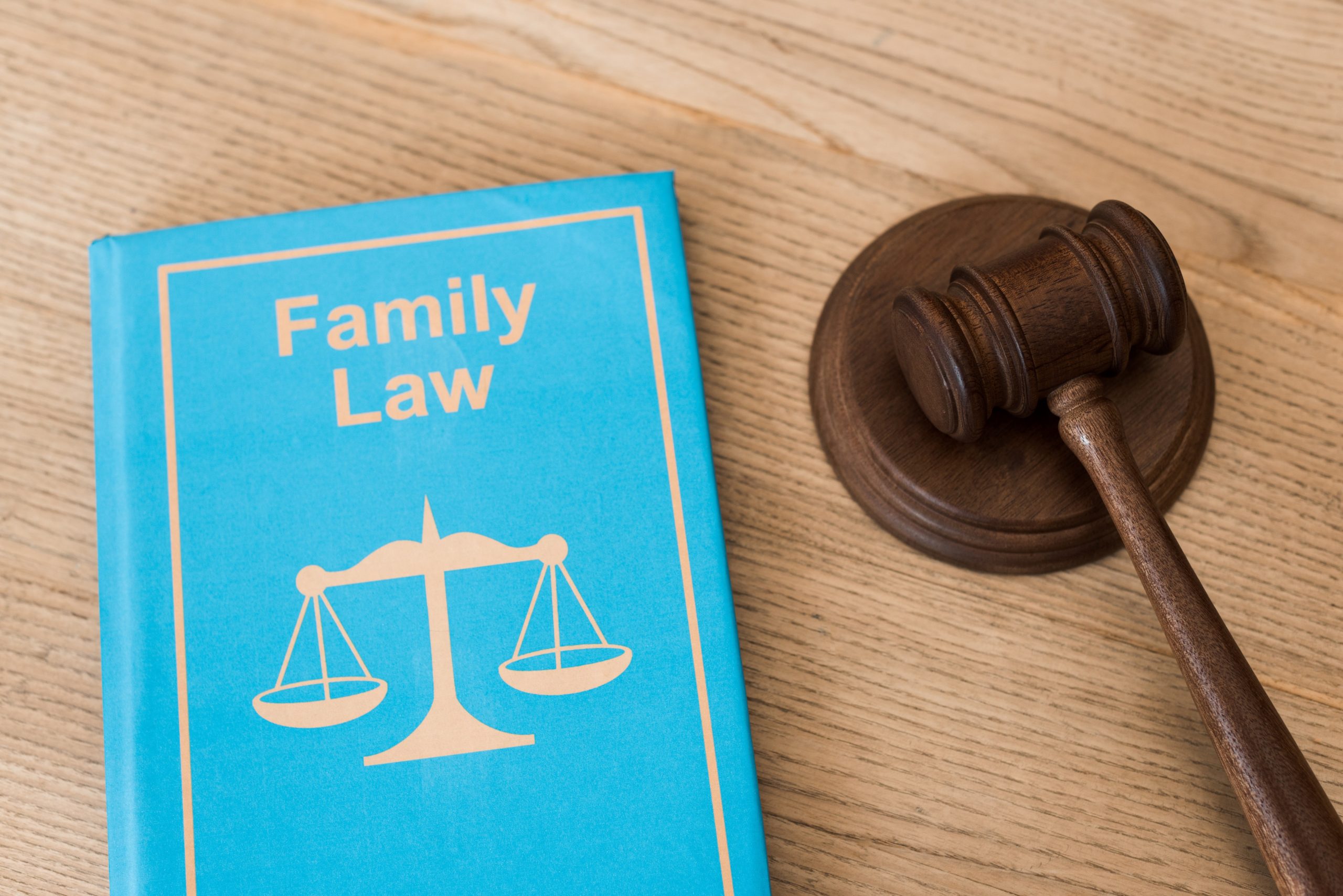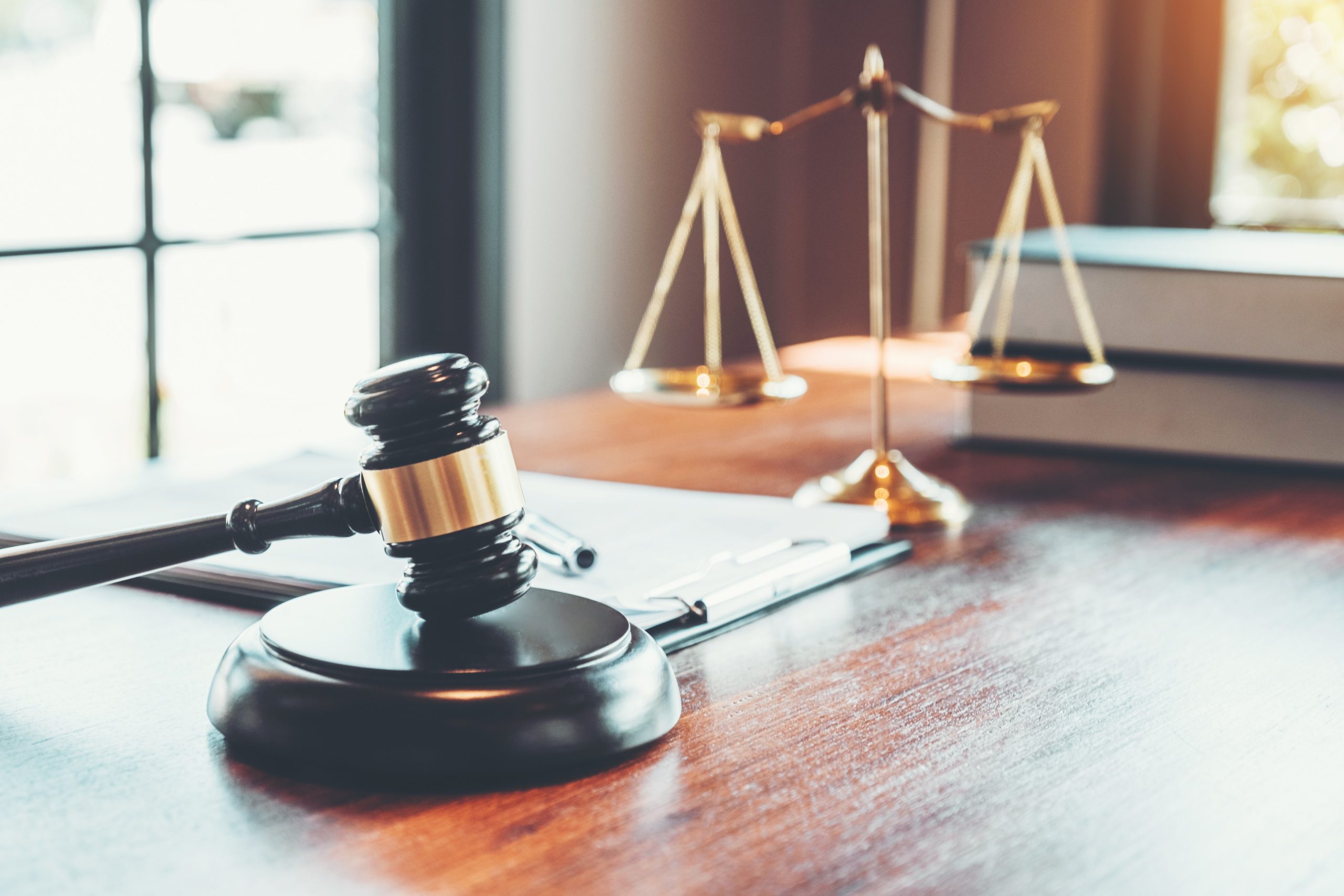Understanding your legal rights in criminal defense is crucial. It empowers you to navigate the legal system more effectively. This knowledge can significantly impact the outcome of your case.
This guide provides straightforward, actionable information to demystify complex legal concepts, making them accessible to everyone. It will be your reliable companion in understanding your rights in criminal defense scenarios.
What Are Legal Rights in Criminal Defense?
Legal rights in criminal defense protect individuals under the law, ensuring fair treatment in the legal process. They include the right to an attorney, a fair trial, and protection against self-incrimination.
Alistair Vigier, the CEO of ClearwayLaw says that “These rights extend beyond the courtroom, encompassing the right for authorities to treat individuals humanely while in custody and to be free from unlawful search and seizure. These rights protect individuals’ dignity and fundamental freedoms, even when accused of a crime. Upholding these rights is essential for the accused and the integrity and humanity of the legal system.”
These rights are vital for anyone facing criminal charges. They safeguard against unjust treatment and ensure the legal process is fair. Understanding these rights can significantly impact the defense strategy and case outcome.
The Right to Legal Representation
The right to an attorney is a fundamental aspect of criminal defense. It ensures that every person facing charges has legal representation. The court provides a public defender if you can’t afford a lawyer. This right is crucial for a fair trial and effective defense.
In addition to the right to an attorney, effective legal representation involves active and competent defense. Your lawyer should diligently work on your behalf, exploring every avenue to strengthen your case.
They should communicate clearly with you, keeping you informed and involved in decision-making. This active engagement is crucial for a defense representing your interests and rights.
Choosing the right criminal defense lawyer is imperative. Look for experience, specialization in your case type, and a strong track record. Consider their communication skills and comfort level with them. It’s also vital to discuss their fees upfront to ensure transparency.
Furthermore, the quality of legal representation can significantly influence the course of a criminal case. A skilled attorney understands the law, can effectively negotiate with prosecutors, and present a compelling case in court.
Their expertise in legal strategy, evidence handling, and jury persuasion can be the difference between conviction and acquittal. It underscores the importance of selecting an attorney who is qualified and passionately committed to advocating on your behalf.
Miranda Rights and Their Importance
Miranda Rights legally protect individuals under police custody. Law enforcement must recite them during an arrest. These rights include the right to an attorney and to remain silent.
They protect individuals during police interrogations by preventing self-incrimination. Miranda Rights ensure you’re aware you don’t have to speak without legal counsel present. This protection helps maintain a fair legal process and guards against coercion or involuntary confessions.
Furthermore, the proper application of Miranda Rights serves as a check on law enforcement practices. It ensures that evidence gathered during interrogation is admissible in court only if they duly observe these rights.
This requirement upholds individuals’ constitutional protections and maintains the legal process’s integrity. Failure to adhere to Miranda Rights can lead to the exclusion of crucial evidence, significantly affecting the outcome of a case.
The Right to a Fair and Speedy Trial
A fair trial is a cornerstone of justice. It includes an unbiased judge and jury, the right to present a defense, and being presumed innocent until proven guilty. It also means having access to public proceedings and confronting witnesses.
Moreover, the right to a fair and speedy trial protects against the deterioration of evidence and fading memories over time. Delays can compromise the quality of evidence, impacting the trial’s fairness.
Ensuring trials occur without unnecessary delays upholds the integrity of the justice system. It respects the rights of all parties, including the defendant’s right to a timely resolution of their case.
Additionally, this right prevents the undue hardship that prolonged legal proceedings can impose on defendants. Lengthy trials often mean extended emotional stress, financial burden, and disruption of personal and professional life.
By guaranteeing a timely trial, the legal system acknowledges the importance of resolving legal matters efficiently, allowing individuals to move forward with their routines, whether to serve their sentence or rebuild after acquittal.
The right to a fair and speedy trial is also crucial in maintaining public confidence in the judicial system. It demonstrates the system’s commitment to justice and its efficiency in administering it.
This right reassures the public that the legal process is just and mindful of the time and resources of those involved. This aspect of the legal system is essential in upholding the law and ensuring justice is done and seen promptly and fairly.
Understanding Plea Bargains
Plea bargains are agreements in criminal cases between a defendant and a prosecutor. The defendant agrees to plead guilty, often for a lower sentence or to a reduced charge, thereby avoiding a trial.
Additionally, plea bargains are significant in the efficiency of the criminal justice system. They help manage the courts’ caseload by resolving cases quicker than a trial would. This efficiency benefits the legal system and defendants, saving time and resources.
The advantages include shorter sentencing, reduced charges, and quicker resolution. It also reduces legal costs and uncertainty. However, there are risks, such as the possibility of pleading guilty to a crime one didn’t commit and a diminished opportunity to prove innocence. It’s crucial to weigh these factors with legal counsel.
The Right to Remain Silent
The Fifth Amendment protects against self-incrimination in criminal cases. It allows defendants to refuse to answer questions that might incriminate them. This right is crucial in criminal defense, ensuring fair treatment and preventing coercion.
Exercising this right can significantly impact a case. For example, remaining silent can prevent accidental self-incrimination during police questioning. It also forces the prosecution to build a case without the defendant’s statements, relying on independent evidence. This strategic use of the Fifth Amendment can influence the case’s direction and outcome.
It also plays a strategic role in legal defense. By not providing statements without legal advice, defendants avoid unintentionally contradicting themselves or revealing information the court could misconstrue against them. This cautious approach ensures the party can build a defense strategy based on a careful review of the facts rather than impromptu statements made under pressure.
Jury Trial Rights
The right to a jury trial is fundamental to the legal system. It allows defendants in criminal cases to have their issues heard and decided by their peers. This right is crucial for ensuring an unbiased and democratic trial process.
Courts select jurors through a process called voir dire. They question potential jurors to ensure they are impartial and fit to serve. In criminal cases, jurors listen to evidence, assess credibility, and determine guilt or innocence based on the law and facts presented. Their role is vital in delivering justice in a fair and balanced manner.
The jury’s composition is critical in ensuring a fair trial. It’s essential that the jury is diverse and represents a cross-section of the community. This diversity helps in providing multiple perspectives and reduces the risk of bias in the decision-making process. A jury that reflects the broader community contributes to the legitimacy and fairness of the judicial system, reinforcing the public’s trust in legal outcomes.
The right to a jury trial also provides a unique perspective on the justice system. Jurors bring their individual experiences, values, and judgments, offering a more humanized view of the law. This aspect of the legal process allows for decisions that are legally sound and grounded in community standards and societal norms.
It ensures that legal outcomes resonate with common sense and fairness as perceived by everyday people, not just legal professionals. This human element is invaluable in the pursuit of justice that is both legally accurate and socially relevant.
Double Jeopardy and Its Limitations
Double jeopardy is a legal principle preventing someone from being tried twice for the same offense. Once acquitted or convicted, a person can’t be charged again for the same crime. It only applies if the trial reaches a verdict.
Note that double jeopardy applies to specific charges, not to the conduct itself. If new evidence surfaces or the conduct violates laws in different jurisdictions (like state and federal), a new trial on separate charges may be possible.
Understanding this nuance is crucial, as it underscores the balance between protecting rights and ensuring justice is served, particularly in complex legal scenarios.
Its importance in the criminal justice system is immense. It protects individuals from endless legal harassment and ensures finality in legal proceedings. Double jeopardy upholds the integrity of the legal system, ensuring fairness and judicial efficiency. This principle prevents the abuse of state power in repeatedly prosecuting an individual.
Legal Rights Post-Conviction
Convicted individuals retain several vital rights, including the right to appeal. They can challenge their conviction or sentence, seeking review by a higher court. It is crucial for correcting legal errors or unfair trials.
They also have rights related to rehabilitation and probation. Rehabilitation rights aim for successful social reintegration, including access to educational and vocational programs. Probation rights involve guidelines for serving sentences outside of prison, under supervision, offering a chance for reformation and social contribution.
In addition to these rights, post-conviction rights include the right to be free from cruel and unusual punishment and humane treatment. Even after conviction, individuals maintain their fundamental human rights, ensuring they are treated with dignity while serving their sentence.
This aspect of the legal system underscores the principle that punishment should aim for rehabilitation, not merely retribution, fostering a more just and humane society.
Post-conviction rights also encompass the right to access legal resources and maintain contact with the outside world, including family. These connections are vital for mental health and social reintegration.
Additionally, convicted individuals have the right to raise concerns about their treatment or conditions, a crucial aspect in upholding human dignity and preventing abuse. These rights reflect the understanding that even those who have erred remain entitled to basic human respect and the opportunity for rehabilitation and reconnection with society.
Empowering Justice Through Legal Rights
Understanding and exercising your legal rights is vital. It empowers you to navigate the justice system confidently and protect your interests. Knowledge of these rights can dramatically alter the outcome of legal situations.
For specific cases, it’s crucial to seek professional legal advice. Every situation is unique, and expert guidance ensures you make informed decisions. You should do research on legal platforms like Clearway Law that offer specialized insight and support, tailoring their advice to your circumstances. They are invaluable resources in your journey through the legal landscape.
This empowerment through legal knowledge fosters a more just and equitable society. When informed about their rights, individuals can actively participate in their defense and advocate for themselves effectively.
It benefits the individual and strengthens the legal system as a whole. A well-informed public is essential for adequately functioning justice, ensuring that laws are applied fairly and consistently. Encouraging this understanding and seeking expert advice contributes to a more informed and just society.











